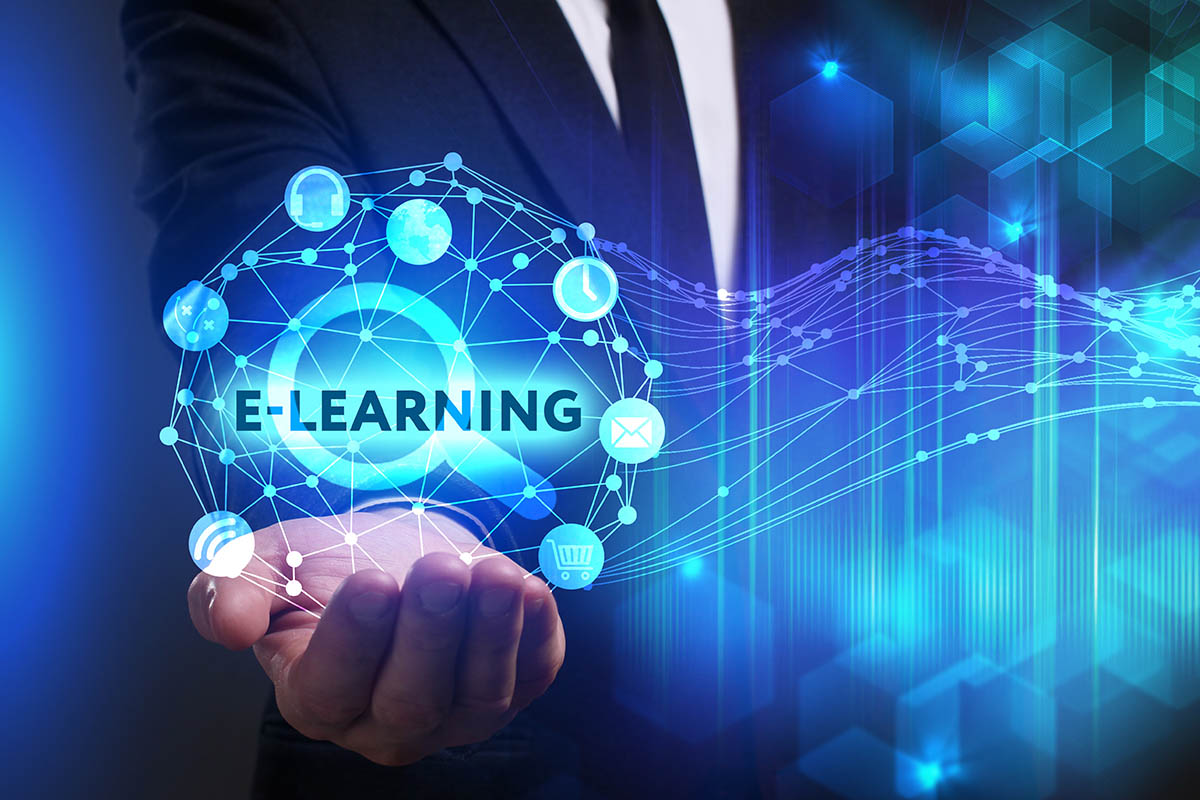The fearless, the overzealous. Millennials are often called that due to their seemingly endless passion. In a professional scope, this can mean a good investment or a risky business. How does company ensure that it is the former and not the latter one? How can learning and development specialist direct this generation to the best of their ability? Should the young wolves receive special treatment, as they are, like many said, the future of global economy?

Born in It, Molded by It
Bob Marley was still alive when the first Millennials were born in 1981. Hence, to call all millennials young is the same as redefining the word young itself.
Of course, the last millennials were born in 1996. As in today, the youngest of the group would still be 23 years old. Relatively young. But the oldest of the pack would be 40 years old. A tad too old to be called young. A tad too soon to be called old.
Then how do we define millennials? Is the common practice of categorizing these group of people by age not right? Is there a better way to really define the word?
The term was first introduced in 1987 to refer to all high school class that would graduate in 2000. But over time, the term embodies multiple different meanings. One of them is…
a generation of people who were born at the dawn of the internet.
Yep, pretty much all literature discussing the word millennials come to define it as a group of people who grew up using the internet as part of their life. A group of people who were at most teenagers when the dot-com bubble began to burst.
To quote the infamous Bane’s speech from Christopher Nolan’s Batman finale: Born in it, molded by it.
Yes, internet is the key element in the life of a millennial. They do not adopt the network. They are part of it.
What’s with the Hype?
So what is it about millennials? They are often dubbed as the backbone of today’s economy. But exactly how pivotal are them?
Allianz reported in 2019 that millennials will contribute up 75 percent of global workforce in 2025. That is enough to confirm that this group of people is the future of today’s economy.
Now the question, in the context of Learning and Development, is: how do we ensure that this future delivers?
What learning method is the most efficient?
How should L&D specialists approach them?
Training millennials is not a menial task. To begin with, they are already exposed to the internet. This means that they are exposed to a multitude of knowledge, be it in association of their line of work or not (the last one tends to happen a lot).
An accountant can be an expert in world history. A tax specialist can be an expert in photography.
It underlines the fact that the internet helps their learning process, albeit unrelated to their core business performance. Corporate L&D should recognize this and proceed by providing more focused activities.
Overzealous or Ambitious?
The first key in creating more focused activities is understanding the target (learner). Getting to know their nature. What works best for them? How do they like to be treated? More importantly: what makes them tick?
Harvard Business study in 2018 revealed that 37 percent of millennials feel that L&D program can use an improvement so that it can help them achieve their target.
It is important to note that this generation sees a lot of successful reference from their age group. Forbes’ 30 under 30 ensures that. Success is now often defined by the acceleration of (professional) growth. People are competing to be the youngest manager.
Not a wrong mentality, but a costly one.
The cost that they need to pay: they have no chill when it comes to working environment. The constant need to achieve and impress. The feeling of inadequacy. At the end, development becomes a primary need.
So how do L&D specialists approach this? How to provide a necessary development without pushing them to a point of saturation?
Engaging content, that is the answer.
Keeping Them Entertained
The second key in providing the right L&D activities for millennials is delivering engaging content.
Citing the same reference as above, millennials are 3.4 times more likely than the older generations to cite poor content as barrier of their development.
So what is defined as poor in the context of content?
A lot of elements constitute the definition of not-worthy content (i.e. relevancy). Corporate L&D often use the same content for training over the course of several years. Sure, some things never change. But some do change.
Case for example:
A study on KIK for a digital marketing group was relevant in 2016. It is no longer relevant as the said messaging app shut down its operations in 2019.
That being said, it is important for corporate L&D to always update its content, especially when they are dealing with millennials. The reason is simple. It is because the generation is heavily exposed to global events. They are already knowledgeable from the get-go. Therefore, specialists need to find a way to keep them tethered to corporate L&D scheme by procuring contents that can give them on-the-job knowledge in a way that it does not bore them.
Prioritizing Direct Result
Now that they are comfortable, the last thing to do is to provide them with opportunities. The last key in ensuring the perfect L&D outcome for millennials comes down to application.
The Harvard Business study in reference concluded that millennials want opportunities and technological innovation. In other words, they demand that the training can be implemented in their work. A feasible outcome, for lack of better words.
Consequently, trainings that are relevant to professional development but do not have direct impact can be put on hold. Personal development training should also receive less priority, although it remains slightly essential to keeping the psychological aspect of the human resources.
In short, prioritized trainings should be about on-the-job technical abilities. It is more like how to yield better profit and how to score more clients. A training on how to maintain work rate will likely receive less attention as they are naturally driven to achieve (and to prove).
Not Absolute, but…
The three elements have conveyed much on how corporate L&D specialists should operate when it comes to providing trainings to millennials. Certainly, it is not absolute.
Age group does not define personal preference.
Happy employees do not directly mean high retention rate.
And corporate vision might interfere with the type of training.
But those are the things that depend on circumstances and other corporate functions. As far as the human resource management goes, the three elements (necessity, quality content, and opportunity) are the best approach L&D specialists can employ to ensure the best performance of the company’s millennials workforce.
On a side and final note, of course the approach would be in contrast to that applied to the older generation. The complete breakdown for the best approach to be implemented to the upper management follows up in the next article.





